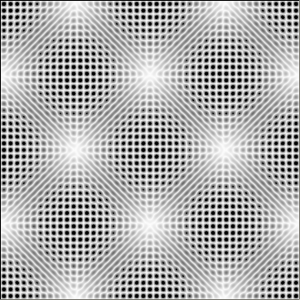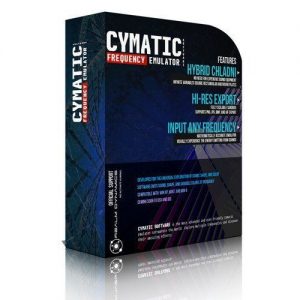
They usually have model designers that allow the user to graphically build the model using system provided tools. Those types of systems are used to create mathematical models and run simulations. Another example of computations driven systems are simulation systems like Simplex, Vensim and Stella. That type of questions work with a computational library that evaluates the generated problem and verifies the answer, given by the student. Every time a student has to answer such question the parameters are randomly picked from a previously given range of values. These are usually mathematical problems with varying parameters. Such systems provide tools for creating parameterized questions. For instance, we can mention e-testing environments like DeTC. We face computations driven systems every day, sometimes without even giving a thought about the complex computational library working behind the interface. It focuses on the benefits of using the right design patterns to provide extensibility and fight complexity. This paper targets the architecture of such computations driven systems. We could create a mechanism that loads dynamically the computational libraries and makes runtime decisions (intelligent or interactive) about how and when to use them. Though such systems could be flawless and work for years without a single error, if not supported some day they become obsolete. work with computational libraries, usually specific for the scope of the system. Information systems targeting various fields like accounting, e-learning/e-testing, simulation environments etc.

One of the main areas of applications of computer informatics is the automation of mathematical computations.

The designed antenna has a total gain of 7.9 dB and a wide bandwidth. The design was verified by creating and measuring S11 and radiation diagrams. The dimension of the designed antenna was originally calculated taking high frequency as 1885 MHz and low frequency as 1805 MHz, then modeled using HFSS-13 electromagnetic simulation to determine the effect of substrate dielectric properties on dipole width and length for element optimization. The advantage of this antenna is the compactness and easy integration into planar circuits suitable for applications requiring wide bandwidth and high gain. This research implements a sequential approach to the design and simulation of the performance of a printed log-periodic dipole antenna (LPDA) capable of operating in the 1800 MHz frequency range. The log-periodic antenna is used in many applications where wide bandwidth is required along with direct and medium gain. Such environment can be used not only for the illustration andįurther understanding of the principles of vibration but also for the generation ofĪ log-periodic antenna can provide directivity and gain when operating in a wide band. Variety of different scenarios that express in detail the principles constructing theĬhladni figures. Present a prototype for a controlled virtual environment which can facilitate a Impossible for modern day technology to reproduce. Simulation of events that are still hypothetical constructs and in certain cases Even more, the virtual world that is held within a computer allows the precise Nowadays, the advancement of computer technologiesĪllows the simulation of complex natural occurrences that exist in the physical Used his work as a foundation to demonstrate and further approach the compellingĮxperience of resonance.

Various patterns that are today known as Chladni figures. Using a simple technique he managed to repeatedly produce

Ernst Chladni was one of the first scientists to explore andĭocument the natural wave phenomenon of alignment of matter, positioned on a


 0 kommentar(er)
0 kommentar(er)
